Overwhelming response to pet foster requests
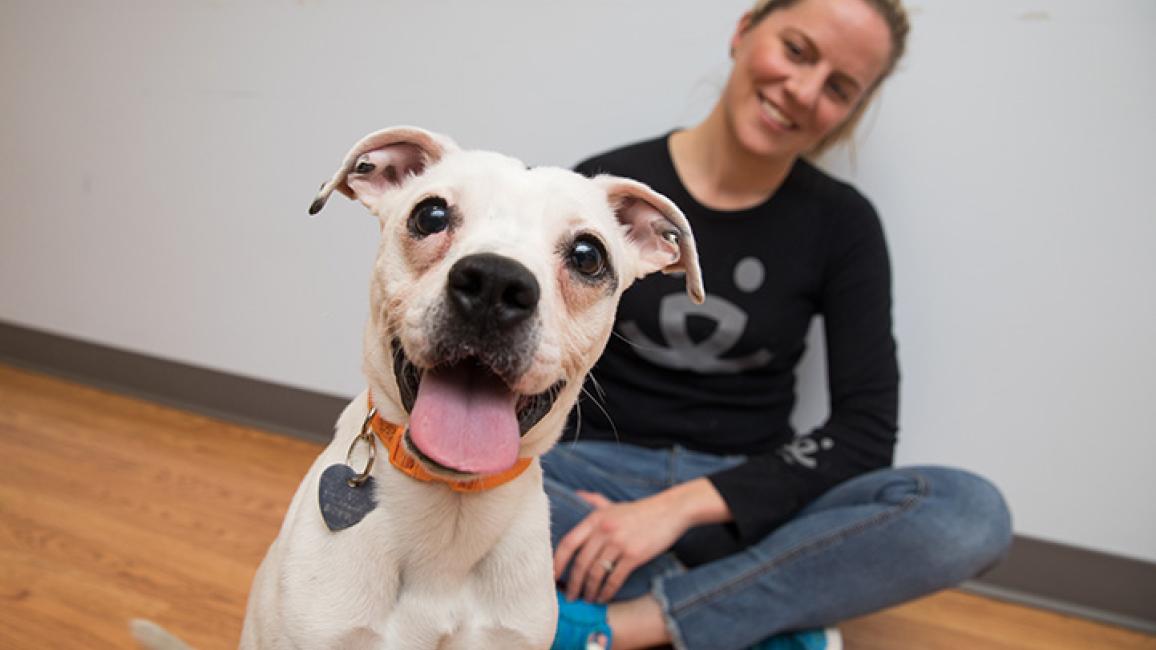
What do you do when you have dozens or even hundreds of animals in your care and a human pandemic hits? In the case of the current coronavirus pandemic, the answer is simple: You ask for help.
As the first wave of the virus spread across the country and impacted every city where Best Friends has brick-and-mortar lifesaving centers, we knew we’d need to keep our staff, volunteers and the public safe. That included either closing our centers to the public or switching to appointment-only adoptions to reduce exposure and spread of the virus. But with each center filled with pets, we needed a miracle ― well, at least a miracle with a lot of work and fast decision-making behind it. And that’s exactly what we got.
Like every other organization, our initial response to the rising pandemic has been to institute safety measures for staff, volunteers and the public at each of our lifesaving centers. Luckily, hand sanitizer and lots of hand-washing are already established standards for preventing the spread of disease among pets. But in short order it became clear that we’d need to prepare for drastic measures. As cities declared states of emergency, we had to think and act fast.
Find Best Friends coronavirus updates on the blog
“The situation is changing so fast here, we’ve had to make big decisions and make them quickly,” says Mallory Kerley, Best Friends communications manager in New York. "Over the course of a weekend, the discussion went from ‘might having to close down the center’ to deciding ‘we are closing the center tomorrow night.’”
With center closures inevitable, it was clear what we should do about pets in our care: Find foster homes ― a lot of foster homes. It helps that millions of people are staying home during this crisis, rather than leaving for work every day. What better time to bring home a pet than as a quarantine buddy?
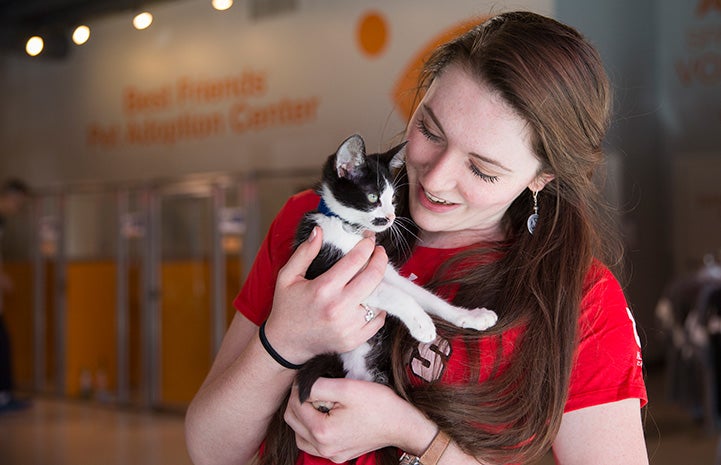
Emergency pet fosters to the rescue
The New York team started reaching out on social media with a request for people to step up and foster. The response was overwhelming. Within hours, they received 50 e-mails from people wanting to foster a pet.
Lisa Barrett, Best Friends Southeast region senior manager, says that in a matter of days 60 people signed up to foster in Atlanta. That made it possible for dozens of pets at the Atlanta center to go into temporary homes. “This has been a phenomenal response,” she says. “People just want to do something helpful.”
It turns out that in a crisis, it doesn’t matter where you live. People also responded immediately to foster requests in Los Angeles and Salt Lake City. In fact, Salt Lake City residents stepped up to volunteer on the same day they were hit by an earthquake, adding insult to injury during an already stressful time.
On the morning of March 18, the earthquake took out power, crumbled some buildings and scared everyone. All people and animals at the Best Friends Lifesaving Center were OK, but the earthquake didn’t change the fact that 30 cats still needed to be moved into foster homes. So, a 4:35 p.m. Facebook post asked for fosters, and by 5:08 p.m. all 30 cats were placed.
New to fostering? Learn more about it here
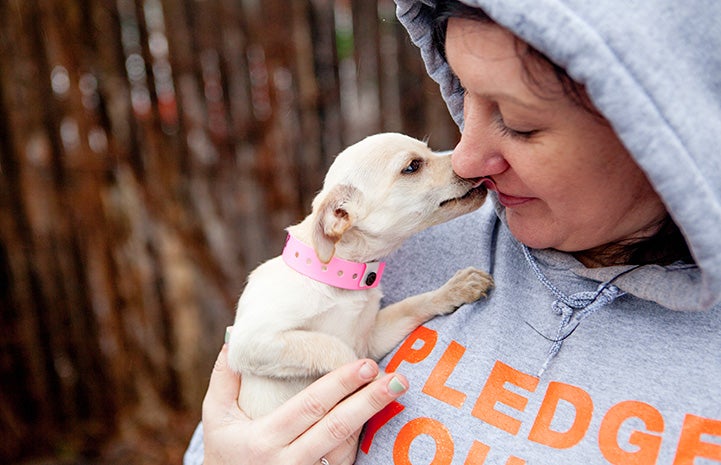
Keeping animal lovers safe
The amazing response for fosters also came with some new challenges. It wouldn’t be good to have people flocking to the centers and waiting inside to pick up foster pets. So, the teams got creative again by organizing “curbside pickup.” Staff set up appointments for foster families to pick up curbside, and when they arrived, the pets and all their supplies were ready to be loaded into the car.
Michelle Flitcraft, foster manager in L.A., says it was an all-hands-on-deck situation. “It’s true teamwork. Everyone is working together to get all the supplies set up, handle the volume of requests, do matchmaking, space out foster appointment pickups and help with curbside pickups.”
Staff members are also working around potential challenges related to in-person contact during adoptions and vet checkups. That’s where online processing and virtual appointments come into play. To minimize people having to leave their homes, as many tasks as possible are being handled through technology and phone calls to limit personal contact and keep people safe.
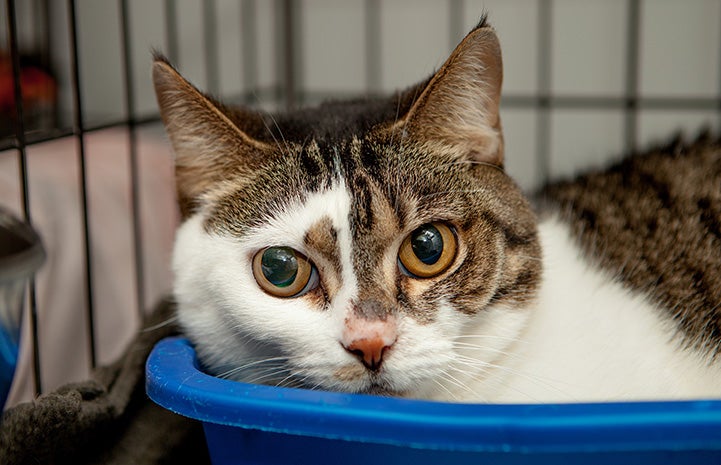
Paying it forward to shelter partners
The purpose of Best Friends’ lifesaving centers is to support local municipal shelters, and as our own centers empty out, we’re able to offer help to our network partners. Lydia LaSalle, executive director of Best Friends in Utah says, “Placing pets in foster homes now puts us in a better position to respond to the needs of Utah shelters and rescue organizations that may be hurting due to a decrease in adoptions.”
In New York, the foster response was so strong that the Best Friends team started sending interested people to Animal Care Centers of NYC (ACC), which was in the process of recruiting 200 emergency foster homes. It turns out that people were just as eager to help the city shelter. At last count, Mallory says ACC had a whopping 300 foster homes signed up.
Lisa says the situation in Atlanta was such that as local governments shut down and a flood of people signed up to foster for Best Friends, they had more foster homes than animals. So, she reached out to municipal shelters and offered to take their pets and place them in foster homes.
“All the cats at one of our county shelters have upper respiratory infections, and they’ll get better a lot faster in foster homes,” says Lisa. “We’re offering to take animals, whether they’re sick or not.”
In Los Angeles, lead adoption specialist KylieRose Melville says, “We are still pulling animals from Los Angeles Animal Services to help support them since they are still taking in animals.”
That summarizes how Best Friends is approaching the situation ― just as it always has ― by doing whatever we can to help save as many shelter pets as possible. But it’s only possible because shelters and rescue groups are helping each other and communities are supporting their efforts.
“We find ourselves in uncertain times,” says Mallory, “and when it would be easy to simply hunker down on a couch and hide from the world, people are asking themselves how they can turn their situations into an opportunity to help. And that’s amazing.”
Find a shelter near you and bring home a quarantine buddy
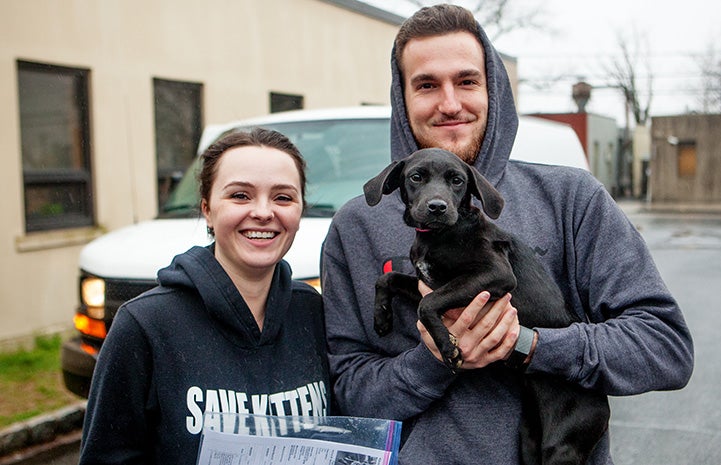
Photos by Sarah Ause Kichas and Robert Stoetzel